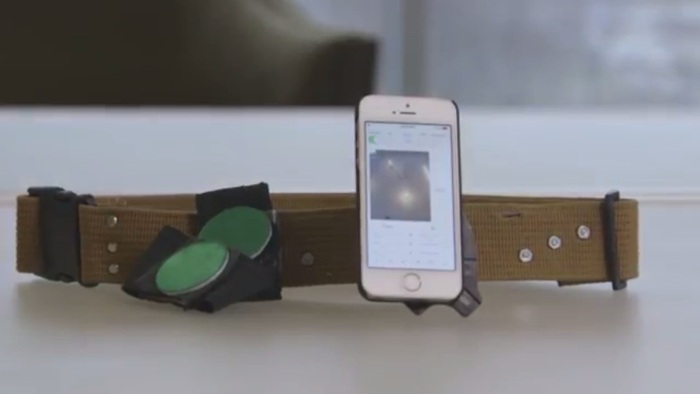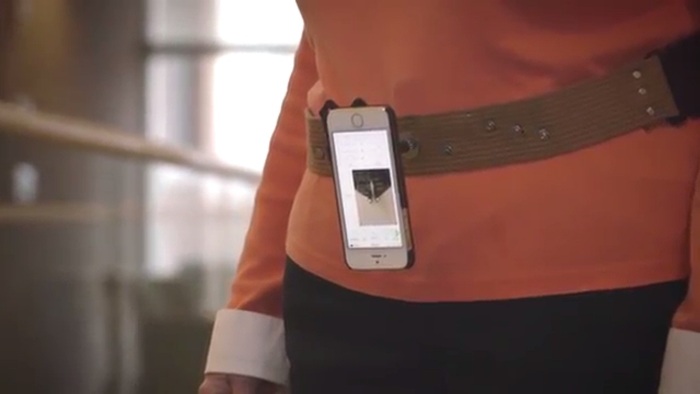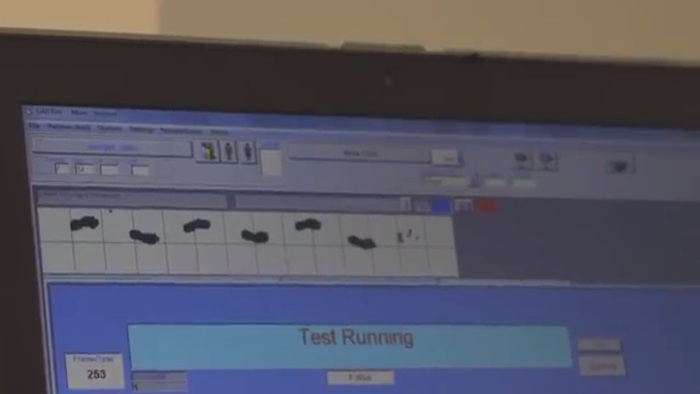With SmartGait, Smartphones Can Help Keep Ensure Balance and Prevent Falls
Now, using smartphones, it can be possible to measure gait and address the problems of falling especially among those who have balance problems. Researchers at Purdue University have developed an app and a simple way to modify a smartphone to enable it to measure a person’s gait while doing everyday activities. This is particularly useful for elderly people and those who are suffering from Parkinson’s disease.
This innovation is being commercialized with the name “SmartGait.” It aims to help health care officials in evaluating a person’s risk of falling. As such, it can be used as a tool for avoiding or preventing injuries among those with balance difficulties. The data it gathers can be used to formulate therapies or solutions to address gait defects that contribute to the higher risk of falling.
What is Gait?
Gait refers to the pattern of limb movement while doing locomotion over a solid platform. In humans, gait is generally an unconscious pattern created while moving the legs and hands when walking or running. Gait is being analyzed to examine how the movements of the body when walking or running affect the stability of locomotion. Maintaining stability and movement consistency is very important to maintain balance. Generally, the possibility of falling is higher for people who have slower gait speeds and inconsistent stride time, step width, and step length. By analyzing gait, corrections can be made to reduce the possibilities of falling or accidents related to difficulties in achieving body balance.
SmartGait
SmartGait is not a manufactured or assembled device but a system that involves modifications and special configurations to convert a typical smartphone into a gait-measuring device. To create SmartGait, the following are needed:
- A smartphone
- A belt to make the smartphone wearable along the hips
- A special contraption for attaching the smartphone to the belt, something that will keep the smartphone positioned in a way that it is able to clearly view the movement of the legs
- A special lens that redirects the field of vision of the smartphone downward, something that may not be necessary if the smartphone is set up in such a way that its camera is pointed downwards
- A special app developed by the researchers to record gait measurements
Basically, anyone can create SmartGait as long as they have the special gait measuring app to be installed on the smartphone. However, a US patent application has been filed for this setup through the Purdue Office of Technology Commercialization. Hence, freely using the SmartGait design and the gait measuring app is already out of the question.
For those unfamiliar, the name SmartGait should not be mistaken with the similarly named wireless sensor based gait analysis project at University College Dublin School of Computer Science and Informatics in Dublin, Ireland. Purdue’s SmartGait is a much simpler setup. It is also much cheaper to create, especially when compared to a laboratory system.
Purdue University’s SmartGait, as reported by the researchers, has an accuracy of between 90% to 95% compared to the performance of the top-of-the-line gait measuring laboratory equipment.
How Does It Work
SmartGait simply makes use of a smartphone’s camera through a specially developed app to observe the legs and capture gait length and width. Gait length is the distance from the tip of the front foot to the tip of the back foot. Gait width, on the other hand, refers to the distance between each foot. SmartGait also records walking speed.
To make sure that SmartGait is able to accurately perform measurements, markers will have to be attached to the tips of the shoes. SmartGait’s markers are green circles attached near the tip of the shoes or footwear. Through these markers, the camera is able to more distinctly see the points that should be used as the bases for the measurements.
How Does SmartGait Prevent Falls?
SmartGait, obviously, does not directly prevent the falling or tripping of the wearer. It is able to perform its fall-prevention function indirectly, by generating gait data that can be used to prescribe gait-correcting or tweaking therapies and other related solutions. Additionally, it evaluates the likelihood or proneness of a person to fall. As such, precautions can be observed or put in place.
Outlook
Until now, there is still no device on the market that is similar to the concept of SmartGait. There are no mobile or wearable systems for gait measurement that can be purchased by typical consumers. Once commercialized, SmartGait will become a pioneering device. It can become one of the tech products seniors should learn to use. It just needs a better design and a more wieldy approach in attaching it to the body.


